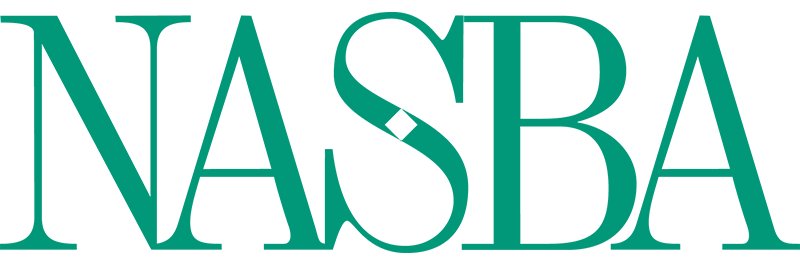What is promotional material? Promotional material is any combination of media that provides participants with descriptive information regarding the learning activity. Materials can include brochures, email announcements, website and direct mail, to name a few. Standard No. 9 differentiates requirements of promotional materials between courses marketed to an external audience and courses for internal training only.
According to Standard No. 9, the promotional materials generally include learning objectives, prerequisites, statements regarding prerequisites and advanced preparation, the delivery method, recommended CPE credits and recommended field of study. There are additional considerations and requirements for each audience type and Standard No. 9 should be consulted.
We have provided sample promotional material for internal audiences and sample promotional material for external audiences for your reference.
Do all of these requirements have to appear on one piece of promotional material? No, sponsors are welcome to use a combination of materials to provide features of their programs. These materials should be provided to participants in advance of the program.
A few of the most common mistakes revealed by our audit process are as follows:
- Learning objectives not clearly identified
- Program level category misclassified
- Prerequisite and advanced preparation statement omitted
- Complaint contact information omitted
- Clear statement of delivery method omitted

